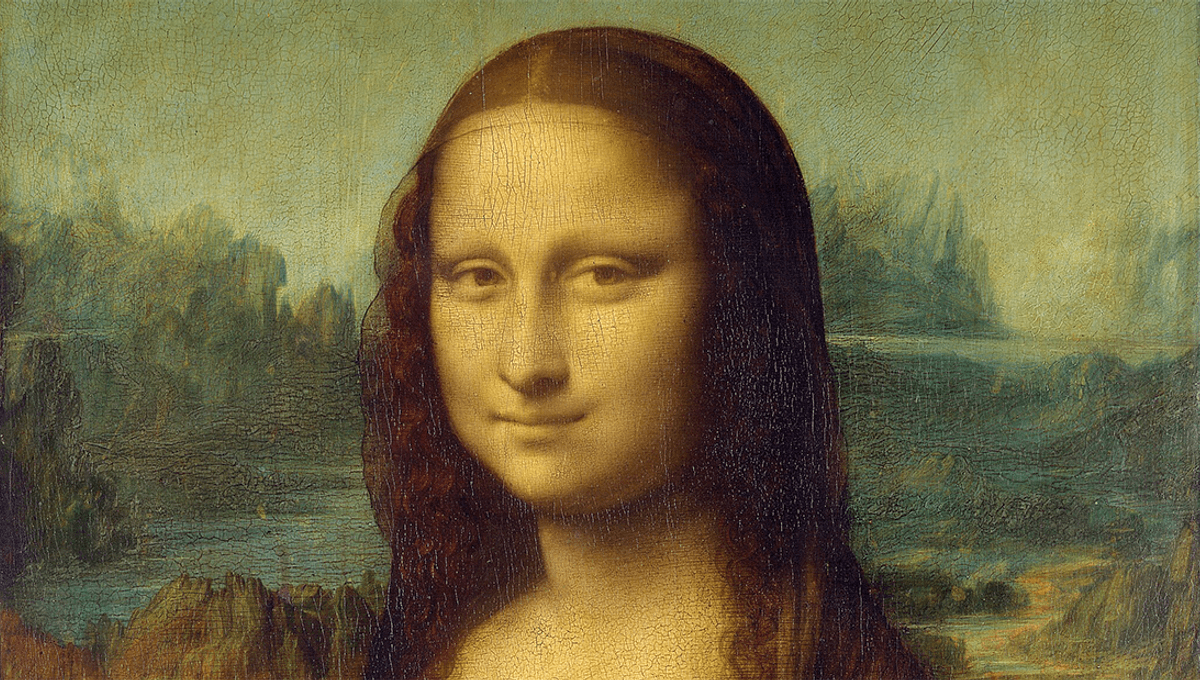
Over 500 years after it was painted, analysis of Leonardo da Vinci’s painting of Italian noblewoman Lisa del Giocondo is still revealing its secrets.
Earlier this year, one Italian researcher claimed to have identified where the Mona Lisa was painted after identifying the bridge as the Romito Etruscan-Roman bridge in the municipality of Laterina, in the province of Arezzo, Italy. Now, a team of researchers has discovered a little more about how da Vinci painted it, revealing that the polymath was using a technique a century ahead of its time.
The team of scientists from France and the UK examined samples of da Vinci’s work; a small piece taken from a hidden corner of the Mona Lisa and 17 microsamples taken from The Last Supper. Many paintings from the early 1500s used wooden panels with a thick base layer of paint as a canvas, including the Mona Lisa. Most used gesso as the primer, made from white pigments, chalk, and glue from animals, to help oil paints adhere to it. Analyzing the samples, however, the team found that da Vinci used a different technique that hadn’t been seen in Italian Renaissance paintings.
Analyzing the pieces using X-ray diffraction and infrared spectroscopy, they found plumbonacrite, a compound created in a reaction between oil and lead. This suggested to the team that da Vinci used lead white pigment, and infused his oil paints with lead oxide, a technique not seen until Rembrandt used it in the 1600s. While we would discourage adding lead to paints given the effect lead exposure has on health and IQ, the technique would help the paint to dry.
“Everything which comes from Leonardo is very interesting, because he was an artist, of course, but he was also a chemist, a physicist — he had lots of ideas, and he was an experimenter … attempting to improve the knowledge of his time,” Professor Gilles Wallez of Sorbonne University in Paris and an author on the paper told CNN. “Each time you discover something on his processes, you discovered that he was clearly ahead of his time.”
Don’t believe him? Check out how da Vinci was centuries ahead of his contemporaries in his understanding of gravity.
The study is published in the Journal of the American Chemical Society.
Source Link: Chemical Analysis Of Mona Lisa Shows Da Vinci Used Techniques Far Ahead Of His Time